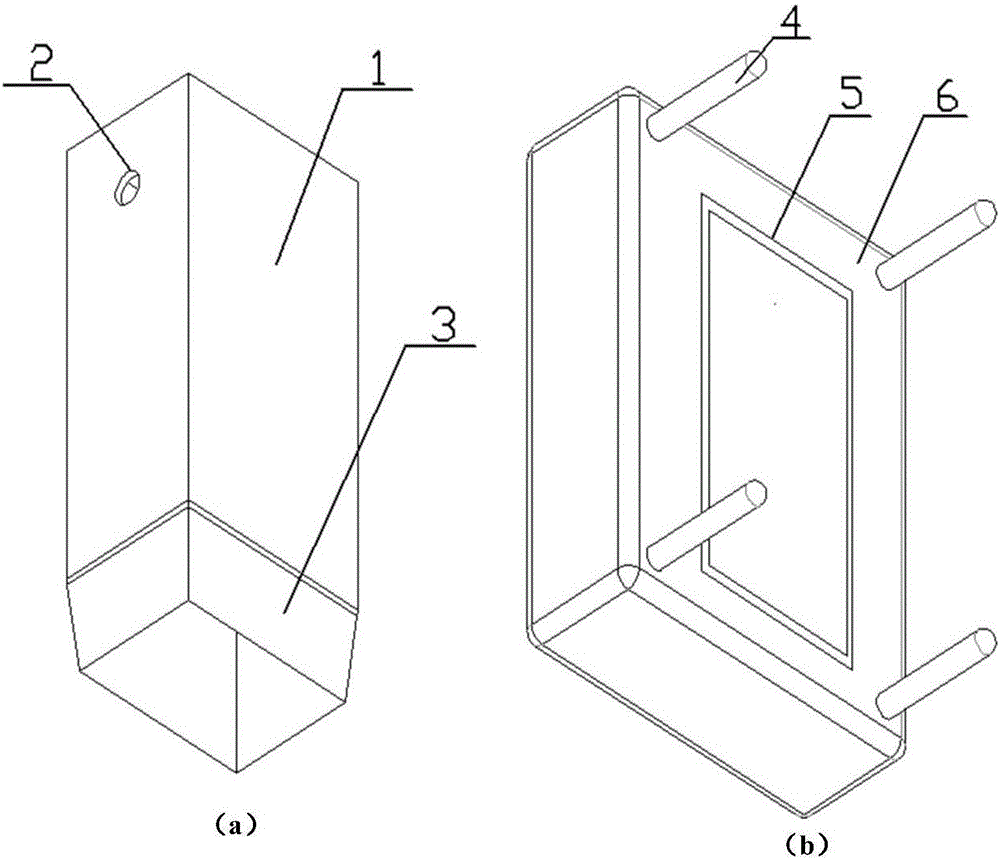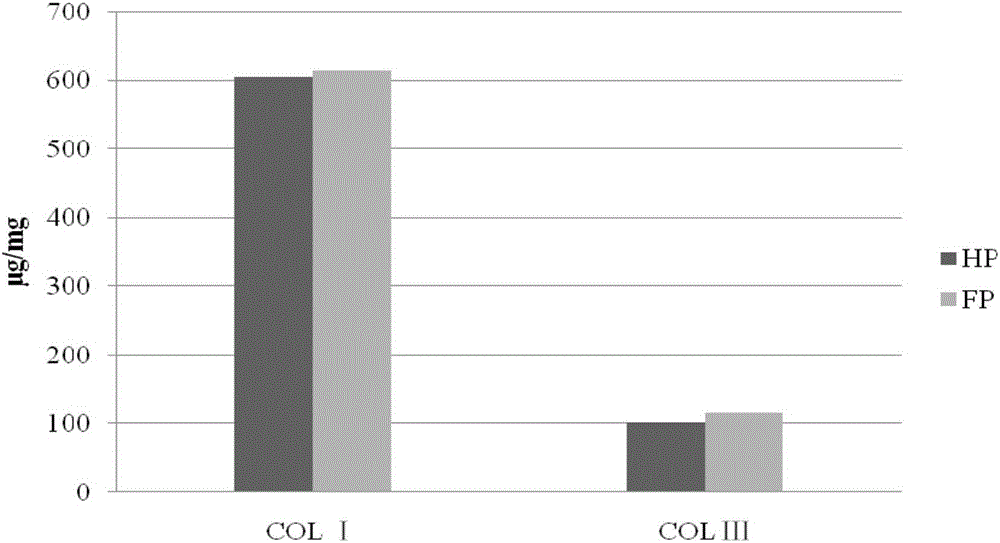Herniorrhaphy sheet and preparation method thereof
A technology of patch and skin patch, applied in the field of hernia patch and its preparation, can solve the problems of large material damage, unqualified, easy to have residual material cytotoxicity, etc.
- Summary
- Abstract
- Description
- Claims
- Application Information
AI Technical Summary
Problems solved by technology
Method used
Image
Examples
preparation example Construction
[0103] The inventor has developed a hernia patch and a preparation method thereof for the first time through extensive and in-depth research. The method comprises the steps of: peeling and sorting, degreasing and decellularization, cutting, and irradiation sterilization. The preparation method of the hernia patch proposed by the present invention avoids the use of strong acid and alkali and enzymes, and can retain the natural three-dimensional collagen scaffold fiber structure of the pig dermis matrix, so that the hernia patch has good mechanical properties to strengthen or repair the defective tissue. The prepared hernia mesh can completely retain the natural structure of pig dermal matrix, has good tissue compatibility, and has no hidden danger of virus transmission.
[0104] the term
[0105] As used herein, the terms "biological patch cutting device" and "cutting device" all refer to the same device.
[0106] Hernia mesh
[0107] In one embodiment, a cell-free hernia pa...
Embodiment 1
[0200] Step 1. Peeling and sorting
[0201] Provide a dehaired pigskin with the subcutaneous tissue removed, with figure 1 The thickness measuring system shown measures its thickness, and determines the area of uniform skin thickness according to the measurement data (with 0.5mm as the step, the thickness of the skin is divided into 0.8-1.3mm, 1.3-1.8mm, 1.8-2.3mm , 2.3 ~ 2.8mm, 2.8mm or more can be used), divide the skin slices according to the area, and then use a large dermatome to cut off the epidermis and basement membrane to obtain dermal slices with uniform regional thickness.
[0202] Step 2, first degreasing and then decellularization
[0203] Select the process parameters of the dermis skin sheet prepared in step 1 according to the following table, and complete the processing of each step in the order of the following table, and the processing temperature is 20°C:
[0204]
[0205]
[0206] Step 3. Cutting
[0207] The degreased and decellularized porcine ...
Embodiment 2
[0217] Step 1. Peeling and sorting
[0218] Provide a dehaired pigskin with the subcutaneous tissue removed, with figure 1 The thickness measurement system shown measures its thickness, and determines the area of uniform thickness of the skin according to the measurement data (with a step of 1mm, the thickness of the skin is divided into 0.8-1.8mm, 1.8-2.8mm, 2.8mm or more, etc. ), divide the skin slices by region, and then use an electric dermatome to cut off the epidermis and basement membrane to obtain dermis skin slices with uniform regional thickness.
[0219] Step 2: decellularize first and then degrease
[0220] Select the process parameters of the dermis sheet obtained in step 1 according to the following table, and complete the processing of each step in the order of the following table, and the processing temperature is 30°C:
[0221]
[0222] Step 3. Cutting
[0223] The decellularized degreased porcine dermal matrix prepared in step 3, using figure 2 The ...
PUM
| Property | Measurement | Unit |
|---|---|---|
| tensile strength | aaaaa | aaaaa |
| thickness | aaaaa | aaaaa |
| surface area | aaaaa | aaaaa |
Abstract
Description
Claims
Application Information
 Login to View More
Login to View More - R&D
- Intellectual Property
- Life Sciences
- Materials
- Tech Scout
- Unparalleled Data Quality
- Higher Quality Content
- 60% Fewer Hallucinations
Browse by: Latest US Patents, China's latest patents, Technical Efficacy Thesaurus, Application Domain, Technology Topic, Popular Technical Reports.
© 2025 PatSnap. All rights reserved.Legal|Privacy policy|Modern Slavery Act Transparency Statement|Sitemap|About US| Contact US: help@patsnap.com



